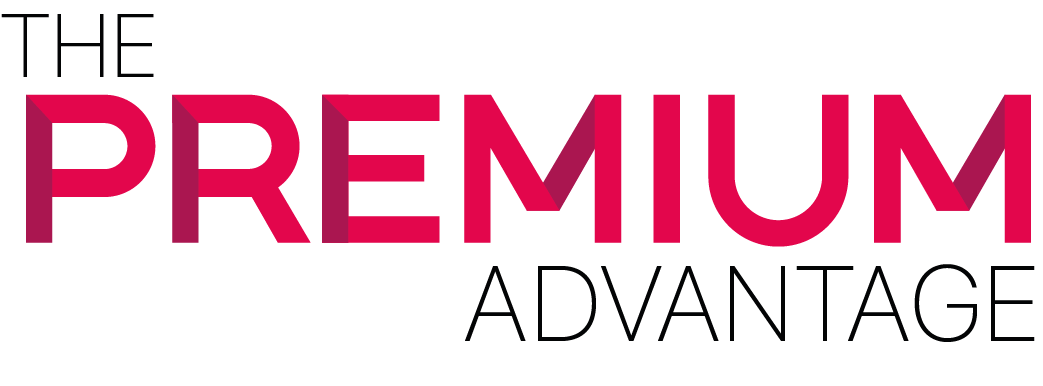Every tax year, taxpayers have different goals in mind for their return. Some may want to lower amount of taxes owed, seek the largest refund possible or avoid paying more in taxes. Tax credits can help taxpayers meet all those goals when filing their tax return.
By law, the IRS was required to hold Earned Income Tax Credit and Additional Child Tax Credit refunds until mid-February.
Tax Credits Eligible for Taxpayers
The following tax credits can mean a refund for eligible taxpayers:
- Earned Income Tax Credit (EITC) is a benefit for individuals with low to moderate income who meet requirements and file a tax return. For individuals who file their tax returns, EITC can reduce the amount you owe and possibly give you a refund. You qualify if income earned, have a social security number and qualifying child with and filing status is not married filing separately. Each child you claim must pass the relationship, age, residency and joint return tests to be your qualifying child.
- Premium Tax Credit is a refundable tax credit. It was created to help eligible individuals and families with low or moderate income afford health insurance purchased through Marketplace. Individuals who have a lower income get a larger credit to help them cover the cost of health insurance.
- Additional Child Tax Credit allows you to receive a tax refund for the unused portion of your Child Tax Credit that was more than the amount of tax owed. Additional Tax Credit is not a credit for additional children but a credit in addition to the Child Tax Credit.
- American Opportunity Tax Credit (AOTC). To claim this credit the taxpayer, spouse or dependent must be enrolled as students for at least half time. The AOTC credit is available for four years of post-secondary education. You are required to have FORM 1098-T given by the university to be eligible for an education benefit.
